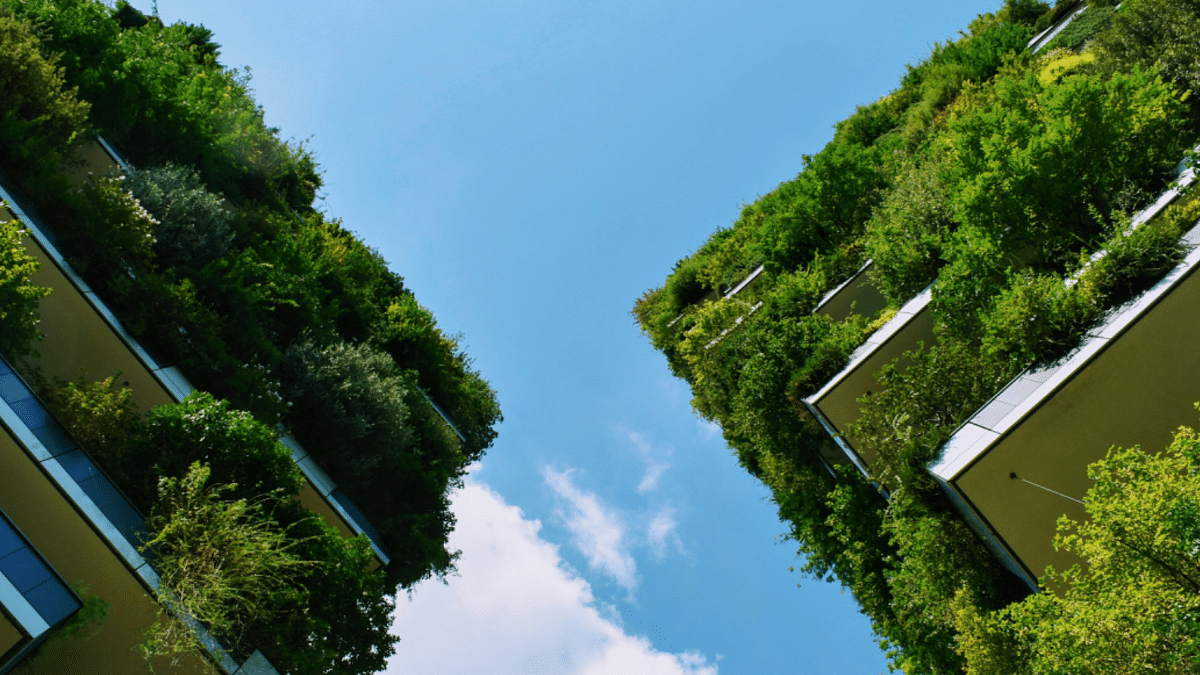The Carbon Challenge in the cities of India
The urban population of India is expected to grow from 377 million in 2011 to 590 million by 2030, which leads to an unprecedented demand for living and infrastructure. The resulting construction boom has a multiplier effect when increasing the embodied and operational carbon.
The life cycle of building materials includes extraction, processing, transport, installation and demolition. The emissions generated in these stages are referred to as embodied carbon. It is worrying because large -scale construction projects require enormous amounts of resource -intensive materials.
Show complete articles
Operating carbon references refer to energy consumption in buildings. This includes heating, cooling, lighting and running devices and suppliers. In cities, buildings are responsible for a large part of the emissions that come from energy consumption.
If urbanization accelerates, the fight against embodied and surgical carbon can contribute to ensuring viable, air -conditioned and energy -efficient cities.
Key strategies for decarbonizing the built environment
Urban design and planning are important factors for reducing emissions and increasing resilience to climate extremes. Adding a green infrastructure, the improvement of urban layouts and the optimization of land use can help to reduce rising temperatures and energy requirements.
For example, green corridors – urban rooms with trees, parks and vertical gardens – can reduce local temperatures, improve air quality and biological diversity. Similarly, the promotion of accessible roads that promote cycling and offer pedestrians can reduce dependence on private vehicles and thus reduce emissions.
Green building design principles, use of building orientations and passive architectural techniques, efficient use of parts of devices, special glass for windows and facades, the use of high reflective roof materials or the covering of the roof with terrace gardens are other effective options for reducing urban temperatures and lower cooling requirements, which contribute to significant energy savings.
Approaches of low -carbon constructions
Building materials are a significant source of embodied carbon emissions. The transition to sustainable materials that are preferably locally sources and passive design strategies can drastically reduce the CO2 footprint of buildings.
The use of concrete that is recycled from construction waste reduces the need for virgin raw materials and lowers emissions through concrete production. In addition, alternative materials made of recycled concrete such as blocks, paving stones, prefabricated units, other non-structural hardscape characteristics and autoclave blockers (autoclave concrete) offer light, energy-efficient options with lower embodied carbon emissions.
Passive design strategies that optimize natural ventilation, daylight and insulation can significantly reduce the energy requirement. For example, the CEPT university campus in Ahmedabad uses passive cooling techniques such as shading, cross-zilance and thermal massage to maintain comfortable interior temperatures without relying on the air conditioning system.
Buildings support cities, so it is important to reduce their emissions. Here green buildings play a crucial role in increasing energy efficiency, optimizing water consumption and minimizing waste production.
A green building includes the preference for materials from the region with a higher recycled content and low-embodied carbon, energy-efficient cooling systems, optimized insulation, solutions for renewable energies such as solar systems on the roof, rainwater use, sewage recycling and scientific waste disposal. In existing buildings, energy-efficient retrofitting-intelligent lighting and automated air conditioning and air quality control systems can significantly reduce energy consumption and significantly increase the charity index.
Consumers play an important role in reducing surgical carbon emissions. Awareness of energy and water consumption can drive behavior changes that reduce the carbon and water footprints of the household. Campaigns for public education, apps for energy monitoring in real time and incentives for energy -efficient devices can promote reliable consumption. Due to the development of energy -efficient refrigerators, air conditioning systems and lighting solutions, home equipment companies can also offer their consumers more sustainable decisions. India's mandatory staring system for devices is a good example of how the promise of reduced electricity consumption can promote the introduction of energy -efficient products.
Better build with politics and cooperation
In addition to the star rating system, India has also taken several political steps to advance urban decarbonization. The Energy Conservation Building Code (ECBC) determines energy efficiency standards for commercial buildings, while initiatives such as the mission in smart cities promote sustainable infrastructure and digital innovation.
However, it is necessary to accelerate the widespread implementation. Indian political decision -makers should implement mandatory energy efficiency codes for all new buildings – not only for commercial. Guidelines should also prioritize natural -based solutions in urban planning and integrate climate adaptation measures into zoning laws and infrastructure investments. The extension of financial incentives for developers and homeowners who use sustainable design techniques can promote a further introduction on a large scale.
India can also learn from global best practices. The Green Mark Certification scheme in Singapore offers, for example, cash incentives and financing options for environmentally friendly buildings that encourage developers to prioritize sustainability.
In addition, the scaling of sustainable construction solutions require strong cooperation between governments, industry and financial institutions. Public-private partnerships (PPPs) can accelerate investments in green infrastructure, buildings, energy-efficient devices and design technologies with low-carbon carbon.
In cooperation with banks and private equity investors, the governments can set up environmentally friendly infrastructure funds and provide low-interest loans for sustainable construction projects. In turn, the private sector must drive innovations with low carbon and sustainable building materials and construction techniques, IoT-capable energy and water monitoring as well as efficient heating, ventilation and air conditioning systems (HLK) systems in order to lower the CO2 footprints on a scale.
The orientation of incentives, strengthening the regulations and promoting the cooperation of industry are of crucial importance for the creation of sustainable and resilient urban centers. The transition to a low -carbon environment offers an opportunity to create more environmentally friendly, healthier and more efficient cities that enable citizens to thrive and secure the security and health of future generations.
Tejashree Joshi, Head of Environment Sustainability, Godrej Enterprises Group
This article will be released from the World Economic Forum as part of a Creative Commons license. Read the original article
